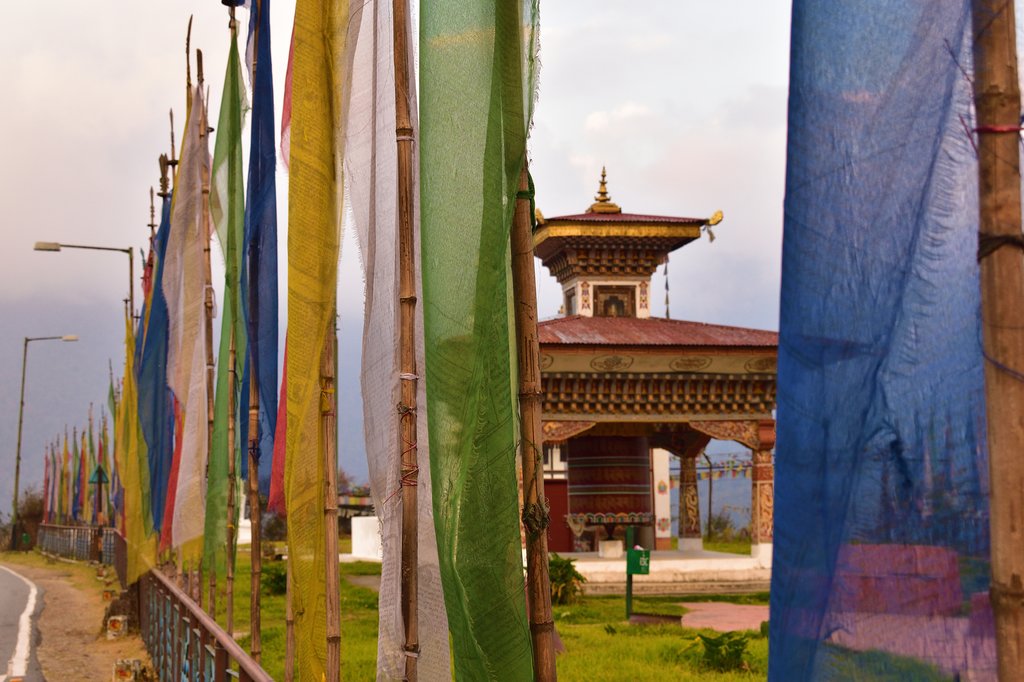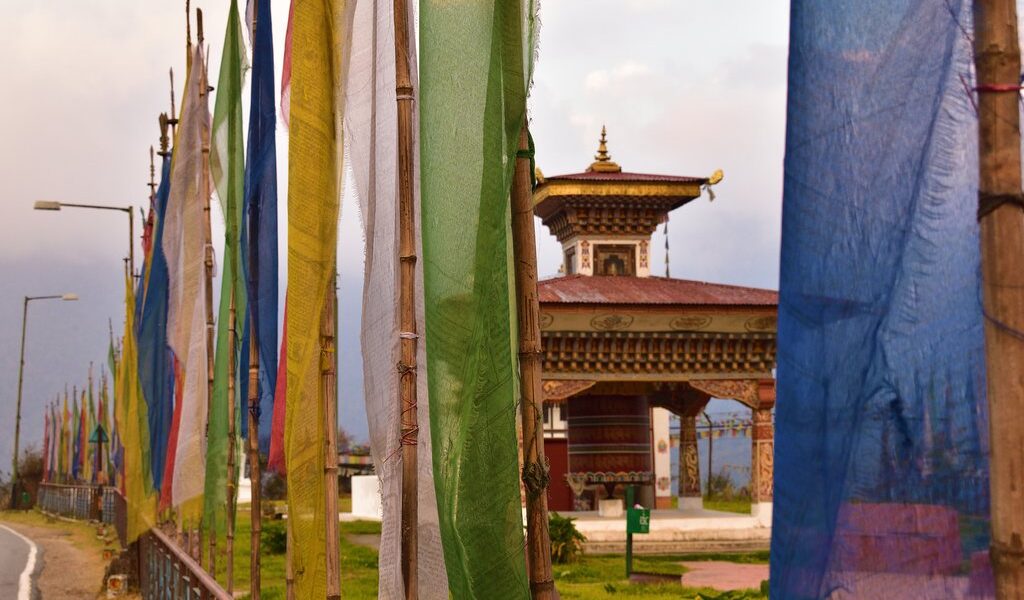
December is the start of winter in Bhutan, and winter is the low season, but that doesn’t mean it’s a bad time to go. It’s just important to know what you will and will not realistically be able to do. Here are some important tips for visiting Bhutan in December.
December in Bhutan marks the commencement of the winter season, ushering in a period of crisp, clear skies and unique travel opportunities. While the temperatures in December are not significantly lower than those experienced in January, travelers should anticipate chilly conditions, particularly as the month progresses. Understanding the nuances of Bhutan’s weather during this time is crucial for planning a comfortable and enjoyable trip.
The altitude plays a pivotal role in determining the temperature variations across Bhutan. The country’s diverse topography results in a wide range of climates, from the subtropical south to the alpine north. While a significant portion of Bhutan is situated at high altitudes, not all regions share this characteristic. The southern regions, bordering India, exhibit a climate that closely resembles that of North India. For instance, the area surrounding the wildlife-rich Royal Manas National Park enjoys a significantly warmer climate compared to the higher-altitude regions. In Gelephu, a town located in southern Bhutan, the average temperature in December ranges from a pleasant 52 to 77° F (11 to 25° C), making it a relatively mild destination during this time of year.
In contrast, many of the locations that are popular among tourists are situated at considerably higher altitudes, leading to colder temperatures. Punakha, located at an elevation of approximately 5000 feet (1500 meters), experiences December temperatures ranging from 43 to 68° F (5 to 17° C). The capital city, Thimphu, is even higher, situated at around 6500 feet (2000 meters). Consequently, Thimphu experiences colder temperatures, with averages ranging from 30 to 59° F (-1 to 15° C). Therefore, packing warm clothing is essential for visitors planning to explore these areas in December.
Despite the cooler temperatures, December offers a significant advantage: clear skies. This clarity allows for breathtaking views of the majestic Himalayan mountains, providing ample opportunities for photography and sightseeing. The pristine skies enhance the beauty of the landscape, making it a rewarding experience for travelers willing to brave the winter chill.
The winter months, including December, are considered the off-season for tourism in Bhutan. This translates to fewer crowds at popular attractions and lower prices for tours and accommodations. Travelers can take advantage of this period to explore Bhutan’s cultural and natural wonders at a more leisurely pace and at a fraction of the cost compared to peak season. Furthermore, visitors might discover attractive deals on some of Bhutan’s exquisite boutique and luxurious lodging options, making their stay even more memorable.
During December, it is generally advisable to concentrate your travels on Western Bhutan. The high mountain passes leading to eastern Bhutan are often blocked by heavy snowfall during this time, making road travel difficult or impossible. Focusing on the western region ensures accessibility to the major attractions and minimizes the risk of travel disruptions.
If you have an interest in exploring jungle national parks and embarking on wildlife tours, December presents an ideal opportunity to visit the Royal Manas National Park. This park, situated at a low altitude of just 200 to 360 feet above sea level, boasts a diverse ecosystem and a relatively warm climate in December. Visitors have the chance to spot magnificent creatures such as tigers, rhinos, elephants, and leopards in their natural habitat. The comfortable temperatures in this region make it a delightful escape from the colder conditions prevalent in other parts of the country.
While trekking at higher altitudes is generally not recommended during mid-winter, some shorter hikes and walks remain accessible and offer stunning views. Given the clear skies and panoramic mountain vistas, winter is an excellent time to immerse yourself in nature, provided that you steer clear of high-altitude trails and camping. The Punakha Winter Trek, for example, is a popular option that takes you through charming villages, verdant forests, and picturesque farmland without venturing to extreme altitudes.
General sightseeing is also a highly recommended activity in December. During the daytime, visitors can explore Bhutan’s renowned temples, palaces, and monasteries, such as the iconic Tiger’s Nest Monastery (Paro Taktsang) and the majestic Punakha Dzong. In the evenings, you can retreat to the warmth and comfort of your chosen accommodation. Regardless of your choice of lodging, be sure to indulge in a traditional hot stone bath, a unique Bhutanese experience that is typically available for a small fee.
December offers several unique cultural events and festivals.
Trashigang Tsechu, typically held in early December, is one of the largest and most vibrant festivals in eastern Bhutan. While reaching eastern Bhutan can be challenging during December due to potential road closures caused by snow, it might be accessible by air. As the festival occurs early in the month, overland travel may still be feasible, depending on the weather conditions.
The Druk Wangyel Tsechu, held in Thimphu during mid-December, is a distinctive festival distinguished by its performers. Instead of monks or laypeople, members of the Royal Bhutan Army perform the traditional dances, offering a unique and captivating spectacle.
National Day, celebrated on December 17th, commemorates the coronation of the first King of Bhutan in 1907. This day is marked by national celebrations and festivities throughout the country.
Here are some great itineraries to consider when traveling to Bhutan in December. These itineraries let you see the highlights without venturing into the colder higher altitudes.
Visit the iconic Tiger’s Nest Monastery, admire the beauty of the Paro Valley, and learn about Bhutanese culture on a week-long trip.
—
Word Count: 835
B-168

